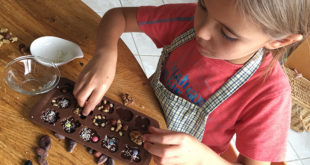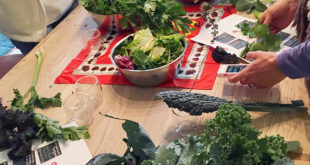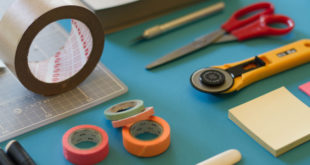Wildcrafting is a great way to teach children respect for the land while expanding their wisdom of herbs and empowering them to take control of their health. Here’s what you need to know to start wildcrafting with kids.
“We must take our children into the wild, introduce them to the plants, and teach them of their connection to the earth. In instilling in our children a respect for plant medicine, we not only care for their tender bodies but help pass along the seeds of a tradition that is as old as human life itself.” — Rosemary Gladstar
Why Wildcraft with Kids?
Kids naturally take to the woods. They love discovering plants, even more so when they learn to identify the plants and use them as both food and medicine. Wildcrafting empowers them to take control of their health.
How to Get Started Wildcrafting with Kids
If you are new to herbalism, learning can be intimidating enough. Trying to involve your kids can be even more so but it doesn’t have to be that way. Start by learning what grows in your area so that you will know what to look for. There are many great foraging books available, many of them regionally written. Take a few dry runs in your own backyard before heading out to nearby wild areas. You will be surprised what you can find in your own yard!
Make a list of the plants and have contests with your kids to see who can find the most plants growing in your backyard. Focus on accuracy — is that really a dandelion leaf or is it a chicory leaf? Learn to tell the difference between lookalike plants.
The Golden Rules of Wildcrafting
It’s important to familiarize kids with what I call the golden rules of wildcrafting. These rules keep us safe and ensure that the future of our medicinal plants is secure. These easy to follow rules are:
- Don’t trespass
- Take care of the land you wildcraft on; pick up trash
- Make 100% sure that you know what you are harvesting
- Only harvest what you need and never harvest an endangered species
- Harvest in season
- Harvest respectfully and give thanks to the plants
- Don’t harvest in a polluted area; this includes roadsides
- Only harvest if the plant community can sustain itself
Now that you’ve learned the rules of wildcrafting, it’s time to head out!
What to Look for When Wildcrafting with Kids
What should you hunt for? You will want to start with plants that are easy to identify and have no poisonous lookalikes.
Spring is the time for harvesting biennial plants such as mullein and burdock. It’s best to harvest them right when they emerge, before they put their energy into growing their flower stalks. Other plants to hunt for include dandelion greens, roots and flowers; chicory leaves; violet flowers and leaves; honeysuckle flowers; and nettles. Also be on the look out for raspberry and blackberry brambles; this is the perfect time for harvesting shoots and leaves.
Summer offers many berries such as blueberries, blackberries, raspberries and gooseberries, depending on your location. Many flowers will be blooming now such as Saint John’s wort, skullcap, lobelia, asters, motherwort and mint.
Autumn brings us lots of fungi … wood ears, chicken of the woods, hen of the woods and oyster mushrooms are easy to identify, delicious to eat and have traditionally been used for medicine. This is also a great time to search for wild nuts such as acorns, walnuts, beech, and hickory. Wild fruits also can be foraged: pears, apples, and persimmons are most commonly found. This is also the time for roots: burdock and mullein again, as well as yellow dock, dandelion, chicory and teasel.
Read More at LearningHerbs
 bfc.green Promoting Green Lifestyle
bfc.green Promoting Green Lifestyle


